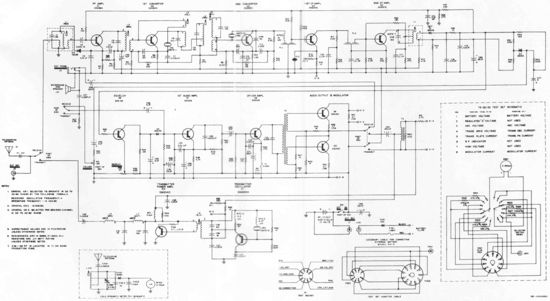Difference between revisions of "HT-1"
RadioNerds (talk | contribs) |
RadioNerds (talk | contribs) (→Images) |
||
| Line 14: | Line 14: | ||
File:Village_radios_HT_series-4.jpg | File:Village_radios_HT_series-4.jpg | ||
File:Village_radios_HT_series-5.jpg | File:Village_radios_HT_series-5.jpg | ||
| + | </gallery> | ||
| + | |||
| + | |||
| + | ==HT-1E Single band Version== | ||
| + | <gallery widths=100px heights=100px perrow=5> | ||
File:HT-1-1.jpg | File:HT-1-1.jpg | ||
File:HT-1-2.jpg | File:HT-1-2.jpg | ||
| Line 20: | Line 25: | ||
File:HT-1-5.jpg | File:HT-1-5.jpg | ||
File:HT-1-6.jpg | File:HT-1-6.jpg | ||
| + | </gallery> | ||
| + | |||
| + | |||
| + | ==HT-2 Dual Band Version== | ||
| + | <gallery widths=100px heights=100px perrow=5> | ||
File:HT-2-1.jpg | File:HT-2-1.jpg | ||
File:HT-2-2.jpg | File:HT-2-2.jpg | ||
Revision as of 19:27, 7 October 2013
The "Village Radio Program" was sponsored by the CIA during the Vietnam conflict, through a front organization known as the Office of Public Safety. The HT-1 was known as an "OPS" radio where the purpose was to provide simple radios to the local civilians, so that they could inform officials of Viet Cong activities. The radios were built under contract with Radio Industries a subsidiary of Hallicrafters, and included the HT-1, the HT-2, the TR-5 "Hamlet Radio", the TR-20 "Village Radio", and probably the TR-35A, among others. HT-1 units that have come into surplus channels unmarked where earlier units have ID plates. Radios in the OPS series were used in other places in addition to Southeast Asia.
The case of the HT-1 is made of a piece of extruded aluminum, with a cap-plate on each end. The bottom plate covers the battery compartment, which contains 8 "D" cells. The radio operates from 30-40 MC AM, crystal-controlled on a single channel, with a power output of 0.5 watts. Input power is 12 VDC, 0.18 amps (transmit). Several versions were made, including the HT-1A through HT-1E.
Early versions of the HT-1 had a "destruct button" near the bottom of the case, near the antenna base. This button did not detonate an explosive; rather, pressing the button and the PTT switch at the same time would blow a 125 mA fuse on the circuit board, thus rendering the radio inoperable by disabling both the audio driver and transmit oscillator stages. In the field, users had instructions that if they were ever out of radio contact that they should return to base. So, when a user became nervous in the jungle, he would sometimes "destruct" his radio, so that he had a good excuse to return to the village. For this reason, the destruct button was eliminated from later models. The internal fuse was replaced with a wire. The HT-1A manual says that the destruct circuit was not included on all radios. The schematic indicates the wiring changes if the button is present. By the time of the HT-1E, the destruct button is mentioned only in the disassembly procedure (probably erroneously) - the wiring for the button is gone from the schematic. [Note: The HT-1E schematic is missing a connection that is required for the transmit oscillator. This connection was probably removed by mistake when the destruct circuit was being removed.]
Images
HT-1E Single band Version













